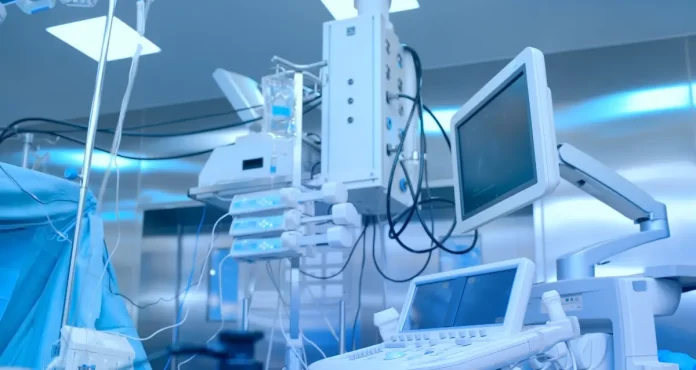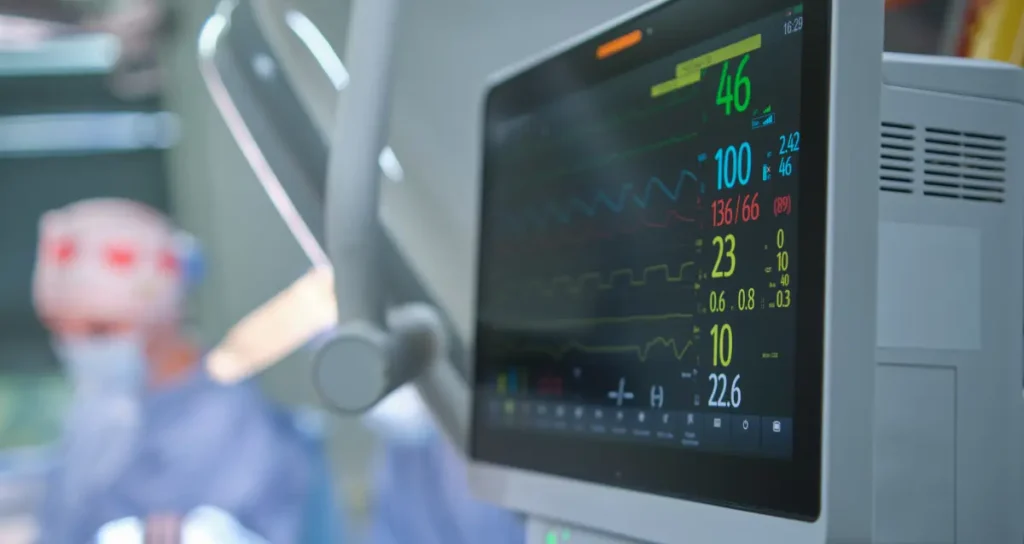
Selecting the perfect surgical monitor is vital for top-notch imaging in medical settings. To make the best choice, it’s essential to know exactly what you need. Surgical monitors should show sharp, precise images to aid in accurate procedures.
This guide will steer you toward the right monitor. It will boost your imaging and help patients. Let’s delve into the essential features to seek in a great surgical monitor.
Resolution and Image Quality
When it comes to surgical imaging monitors, resolution and image quality are paramount. High-resolution monitors provide clearer, more detailed images. These are essential for precise surgical work.
Look for monitors with at least Full HD (1920×1080) resolution. Or consider 4K (3840×2160) for even greater clarity. 4K monitors can improve surgical accuracy by providing more detailed visuals.
Ensure the monitor supports color calibration. This will help maintain consistent image quality over time.
Brightness and Contrast Ratio
In an operating room, brightness and contrast ratio are crucial factors. High brightness ensures the monitor can be viewed under the bright lights of an operating room
A high contrast ratio helps distinguish between different tissues and structures. Monitors with at least 500 cd/m² brightness and a contrast ratio of 1000:1 are ideal for surgical environments.
Opt for a monitor with an adjustable brightness setting. It will help adapt to different lighting conditions in the operating room.

Size and Aspect Ratio
The size of the monitor should align with the viewing distance and the specific needs of the surgical team. Typically, 27 to 32-inch monitors offer a good balance between size and detail.
The aspect ratio, often 16:9 or 4:3, should suit the type of imaging being performed. For instance, endoscopic procedures may benefit from a widescreen 16:9 ratio.
Consider the ergonomics of the monitor’s placement. This will help ensure optimal viewing angles for the surgical team.
Compatibility with Imaging Systems
Ensure the surgical monitor is compatible with your existing imaging systems and devices. This includes compatibility with different video inputs like HDMI, DVI, and DisplayPort.
Advanced surgical displays that support multiple input sources allow for flexibility. They are also “future-proof” as tech evolves.
Check if the monitor supports Picture-in-Picture (PiP) or Picture-by-Picture (PbP) features. These let you compare multiple imaging sources at the same time.
Durability and Sterilization
Operating rooms require medical imaging solutions that can withstand a demanding environment. Look for monitors with durable construction and protective front glass.
Additionally, the monitor should be easy to clean and sterilize to maintain a sterile environment. Monitors specifically designed for medical use often have sealed designs to prevent contamination.
Choose a monitor with an IP rating (e.g., IP65) for protection against dust and liquid ingress.
Conclusion
Selecting the right surgical monitor is crucial for clear imaging in medical procedures. You should consider resolution, brightness, and system compatibility. Also, ensure the monitor is durable and easy to clean. Check its latency and refresh rates for real-time imaging.
Prioritizing these features can boost surgical outcomes and team performance. A good monitor will offer clear visuals, aid accurate procedures, and meet the operating room’s changing needs.
If you enjoyed this article, we invite you to explore more on our blog!
FURTHER READING









